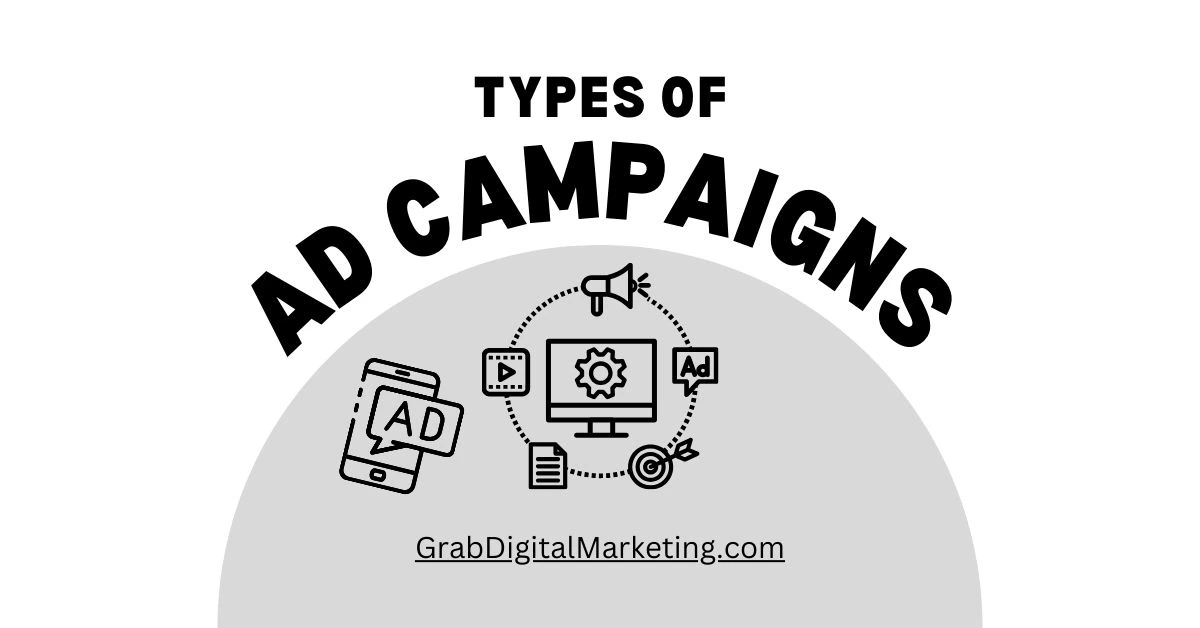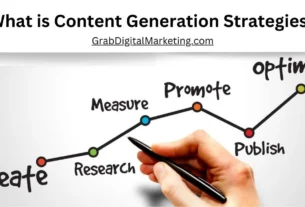Table of Contents
Sure, let’s dive into the diverse world of ad campaigns. Advertising campaigns have evolved significantly, adapting to new technologies, consumer behavior, and market trends. Here are some key types of advertising campaigns:
1. Product Launch Campaigns
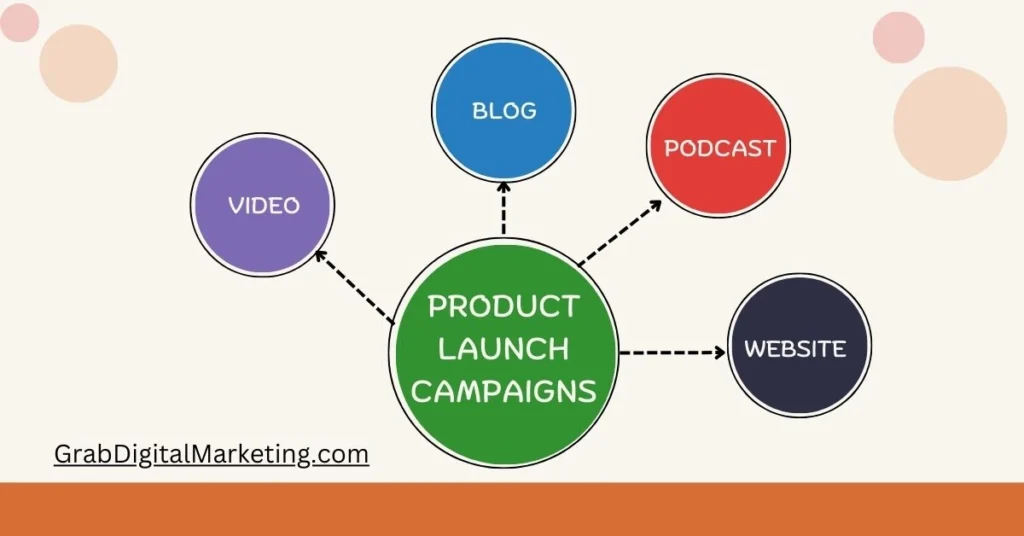
Product launch campaigns are designed to introduce a new product or service. These campaigns aim to create buzz and excitement, generate interest, and drive initial sales. They often include a mix of media channels, such as TV commercials, online ads, social media posts, and influencer partnerships. A successful product launch campaign will effectively communicate the unique selling points (USPs) of the product and build anticipation among the target audience.
2. Brand Awareness Campaigns
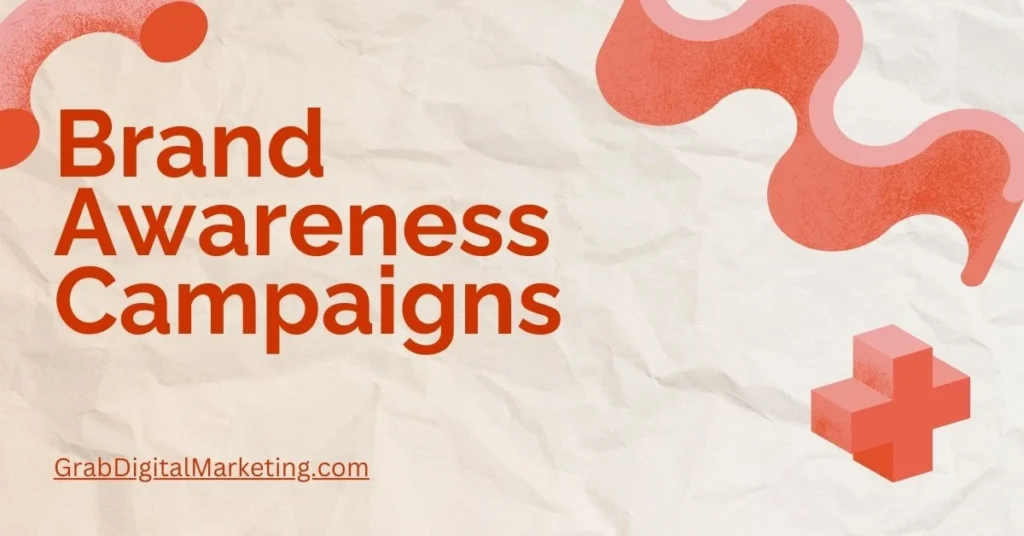
Brand awareness campaigns focus on increasing the visibility and recognition of a brand. The goal is to create a positive image and establish a strong presence in the minds of consumers. These campaigns often use a combination of traditional and digital media, including billboards, print ads, TV and radio spots, social media, and content marketing. Consistent messaging and creative visuals are key to building brand awareness and fostering brand loyalty.
3. Seasonal and Event-Based Campaigns
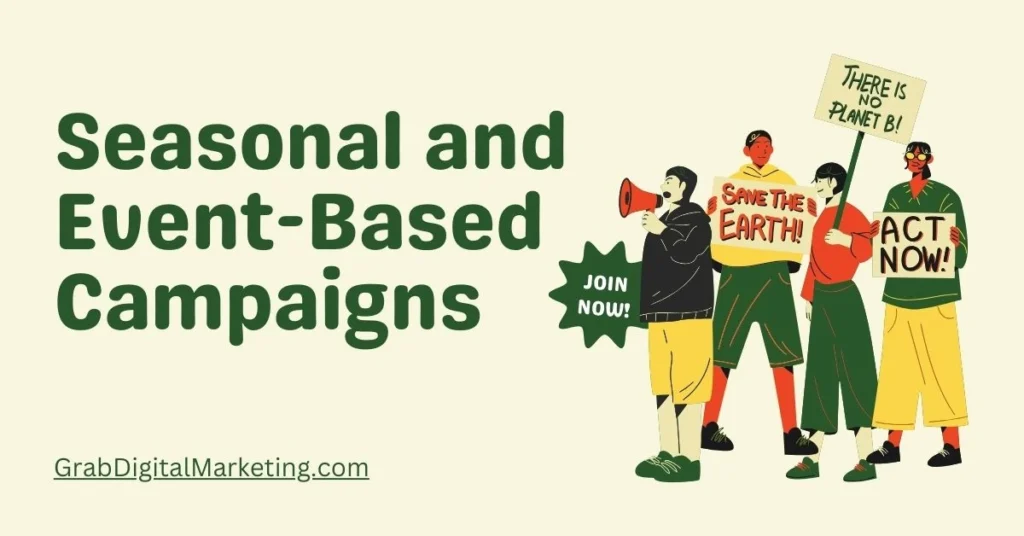
Seasonal and event-based campaigns capitalize on specific times of the year, holidays, or special events to promote products or services. Examples include back-to-school sales, Black Friday deals, and holiday promotions. These campaigns are time-sensitive and often feature limited-time offers or discounts to create a sense of urgency and drive sales. Leveraging cultural and social events can also help brands connect with their audience on a deeper level.
4. Social Media Campaigns

Social media campaigns leverage platforms like Facebook, Instagram, Twitter, LinkedIn, and TikTok to engage with audiences, promote products, and build brand loyalty. These campaigns can include organic posts, paid advertisements, influencer partnerships, and user-generated content. Social media campaigns often use targeted advertising to reach specific demographics and measure success through metrics like likes, shares, comments, and conversions.
5. Search Engine Marketing (SEM) Campaigns
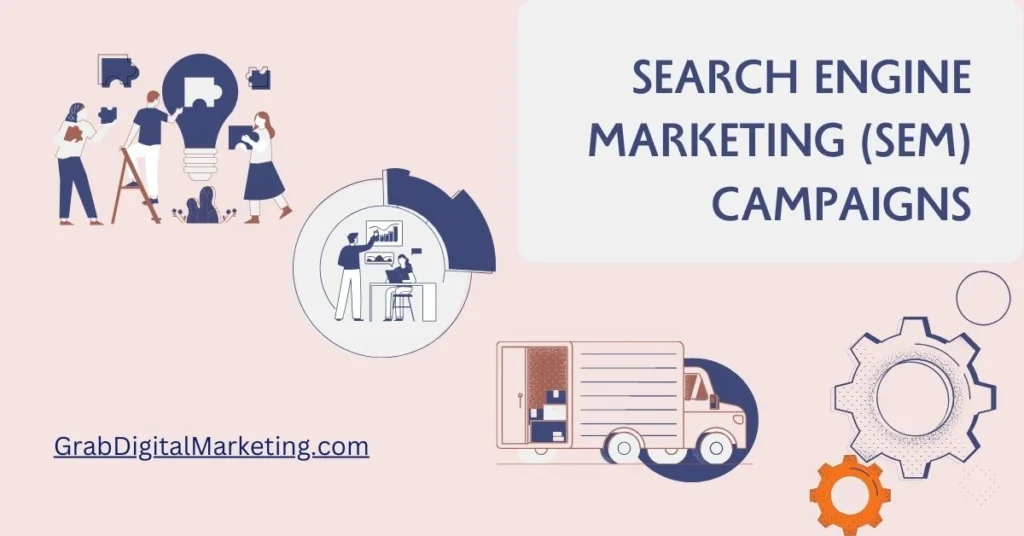
Search engine marketing campaigns focus on driving traffic to websites through paid search ads and search engine optimization (SEO). Paid search ads, also known as pay-per-click (PPC) ads, appear at the top of search engine results pages (SERPs) when users search for specific keywords. SEO involves optimizing website content to rank higher in organic search results. Both strategies aim to increase visibility, attract relevant traffic, and generate leads or sales.
6. Email Marketing Campaigns

Email marketing campaigns involve sending targeted messages to a list of subscribers to promote products, share news, or build relationships with customers. These campaigns can include newsletters, promotional offers, event invitations, and personalized recommendations. Effective email marketing campaigns use compelling subject lines, clear calls-to-action (CTAs), and engaging content to drive open rates, click-through rates, and conversions.
7. Content Marketing Campaigns
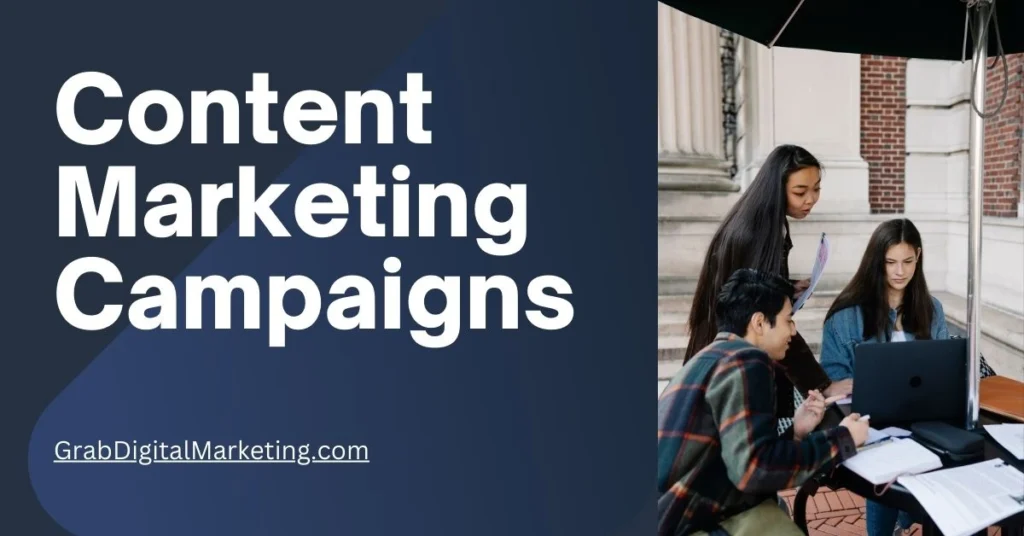
Content marketing campaigns focus on creating and distributing valuable, relevant, and consistent content to attract and retain a clearly defined audience. The goal is to establish the brand as an authority in its industry and build trust with potential customers. Content marketing can include blog posts, articles, videos, infographics, eBooks, and whitepapers. By providing useful and informative content, brands can nurture leads and guide them through the buyer’s journey.
8. Influencer Marketing Campaigns
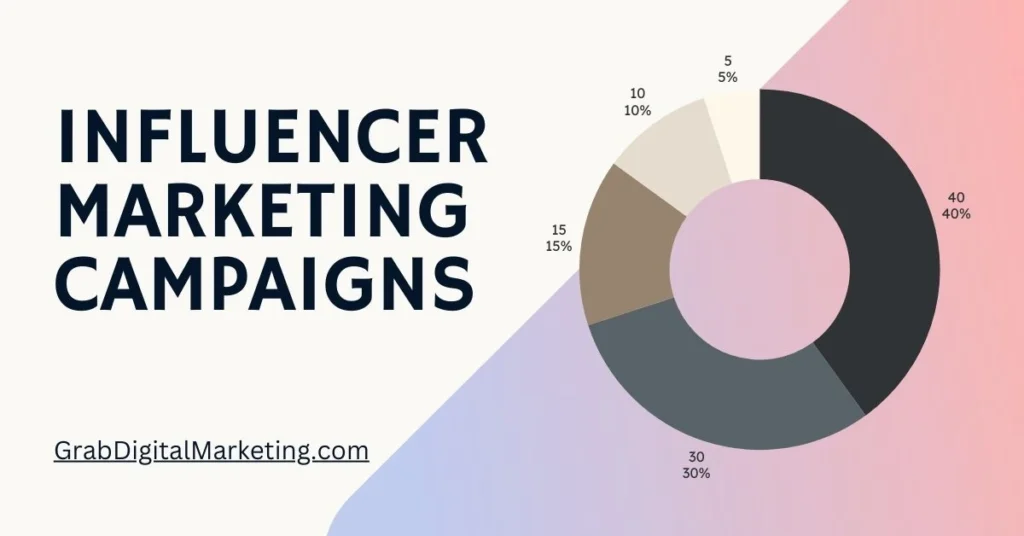
Influencer marketing campaigns leverage the reach and credibility of influencers to promote products or services. Influencers can be celebrities, industry experts, or social media personalities with a large following. These campaigns often involve collaborations where influencers create content showcasing the brand, product reviews, or sponsored posts. The authenticity and relatability of influencers can help brands connect with their target audience and drive engagement.
9. Public Relations (PR) Campaigns

Public relations campaigns aim to build and maintain a positive image for a brand by managing its reputation and communicating with the public. PR campaigns can include press releases, media coverage, event sponsorships, and crisis management. These campaigns focus on creating a favorable perception of the brand, enhancing credibility, and establishing strong relationships with stakeholders, including customers, investors, and the media.
10. Guerrilla Marketing Campaigns
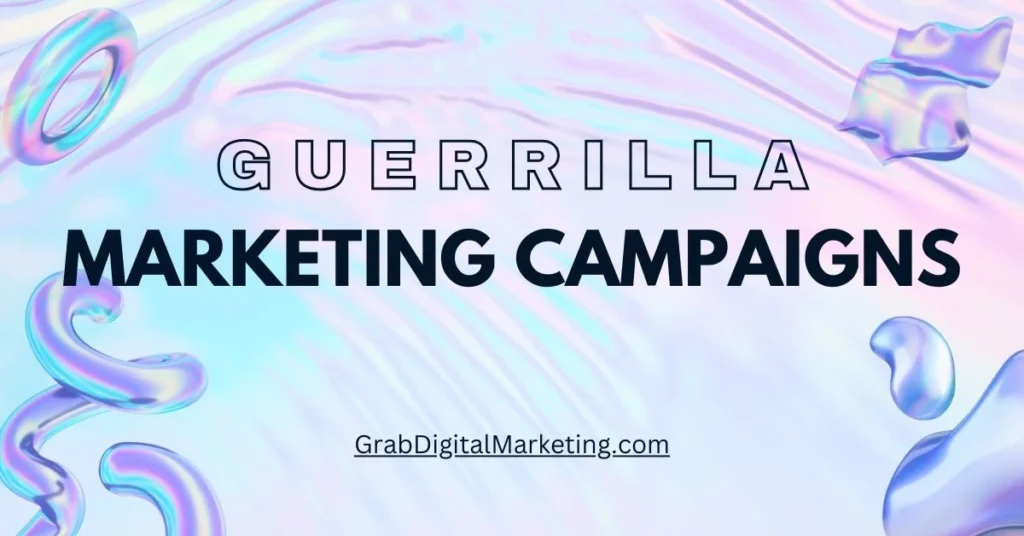
Guerrilla marketing campaigns use unconventional and creative tactics to capture the attention of the audience and create a memorable impact. These campaigns often rely on surprise, humor, or shock value to generate buzz and word-of-mouth marketing. Examples of guerrilla marketing include flash mobs, street art, interactive installations, and viral stunts. The goal is to create a lasting impression and drive engagement through unique and unexpected experiences.
11. Customer Retention Campaigns

Customer retention campaigns focus on keeping existing customers engaged and loyal to the brand. These campaigns can include loyalty programs, personalized offers, exclusive discounts, and regular communication through email or social media. The goal is to strengthen the relationship with current customers, increase repeat purchases, and encourage brand advocacy. Satisfied and loyal customers are more likely to recommend the brand to others and provide positive reviews.
12. Cause Marketing Campaigns
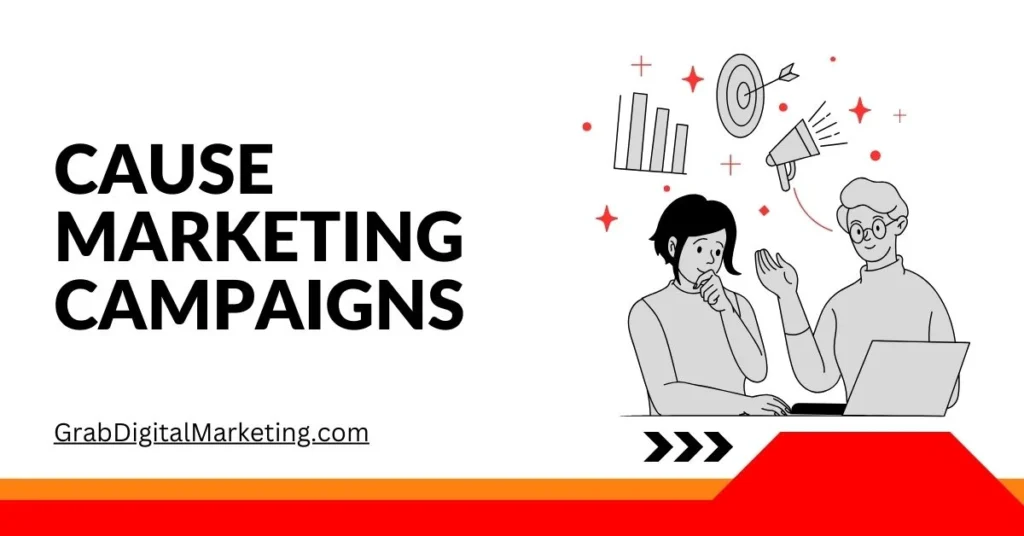
Cause marketing campaigns align a brand with a social or environmental cause to create a positive impact and resonate with socially conscious consumers. These campaigns can involve partnerships with nonprofit organizations, fundraising efforts, or initiatives to raise awareness about important issues. Cause marketing can enhance a brand’s reputation, build trust with consumers, and demonstrate corporate social responsibility (CSR).
Conclusion
In today’s dynamic and competitive landscape, businesses must carefully choose and execute the right mix of advertising campaigns to achieve their goals. Each type of campaign offers unique advantages and can be tailored to the brand’s objectives, target audience, and budget. By leveraging a combination of traditional and digital marketing strategies, businesses can effectively reach and engage with consumers, drive sales, and build lasting brand loyalty.

